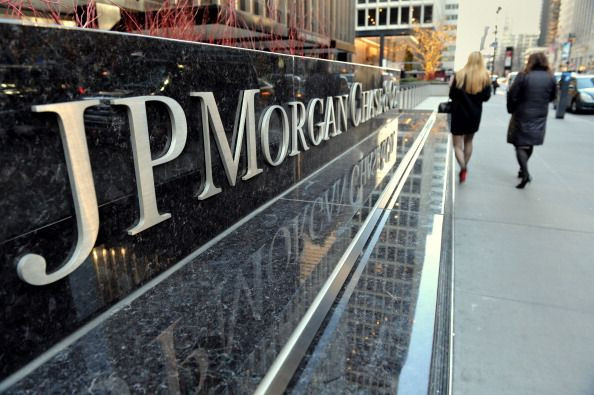Trade Deal Could Lift S&P 500 Past 3,200 Points, JPMorgan Says

The S&P 500 surged past its record highs set in May to post a new closing record on Monday, mainly on the illusory relief afforded by a temporary pause in the trade war between U.S. and China.
The index rose 0.8 percent to close at a record 2,964 points. It’s gaining enough momentum for J.P. Morgan Chase & Co. to predict the index moving past 3,200 points on an acceptable trade deal -- but not any time soon.
In total, the S&P 500 is up 18 percent year-to-date as of Monday and has just posted its best first semester since 1997.
The largest bank in the United States listed a number of caveats for the historic jump to 3,200 to occur and a lot of them are iffy.
“While trade uncertainty remains the single largest source of downside risk for equities, a trade deal along with central bank monetary easing and low equity positioning could push the S&P 500 beyond 3,200,” wrote Dubravko Lakos-Bujas, head of U.S. equity and quantitative strategy at JPMorgan in a note to clients on Monday.
A jump to 3,200, which will mean a record high, amounts to a gain of some 8.25 percent from the index’s level of 2,956 on June 28. JPMorgan said the run to 3,200 will only be possible if trade tensions don’t increase, a highly improbable outcome given Trump’s volatility.
“We maintain our positive stance on equities and keep our trade probability-weighted S&P 500 price target at 3,000 given our base-case view that trade tensions do not escalate into a stand-off,” said Lakos-Bujas.
A rise to 3,000 equates to a modest 1.5 percent gain from the S&P 500’s current 2,964 points.
All these glad tidings, however, depend on how severe trade tensions will be in the months ahead, said JP Morgan. It said the meeting between Trump and president Xi Jinping at the G20 on June 28 seems to imply trade tensions are unlikely to increase -- for right now, at least.
JPMorgan, however, also sees a scenario where trade negotiations break down, an outcome it says might push the S&P 500 down to 2,500.
“If trade talks fully collapse and Phase III tariffs are implemented without any indication of rollback, the S&P 500 could decline to ~2,500, triggering both the ‘Trump Put’ and ‘Fed Put’,” said Lakos-Bujas.
© Copyright IBTimes 2024. All rights reserved.





















